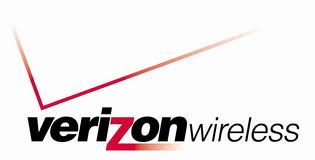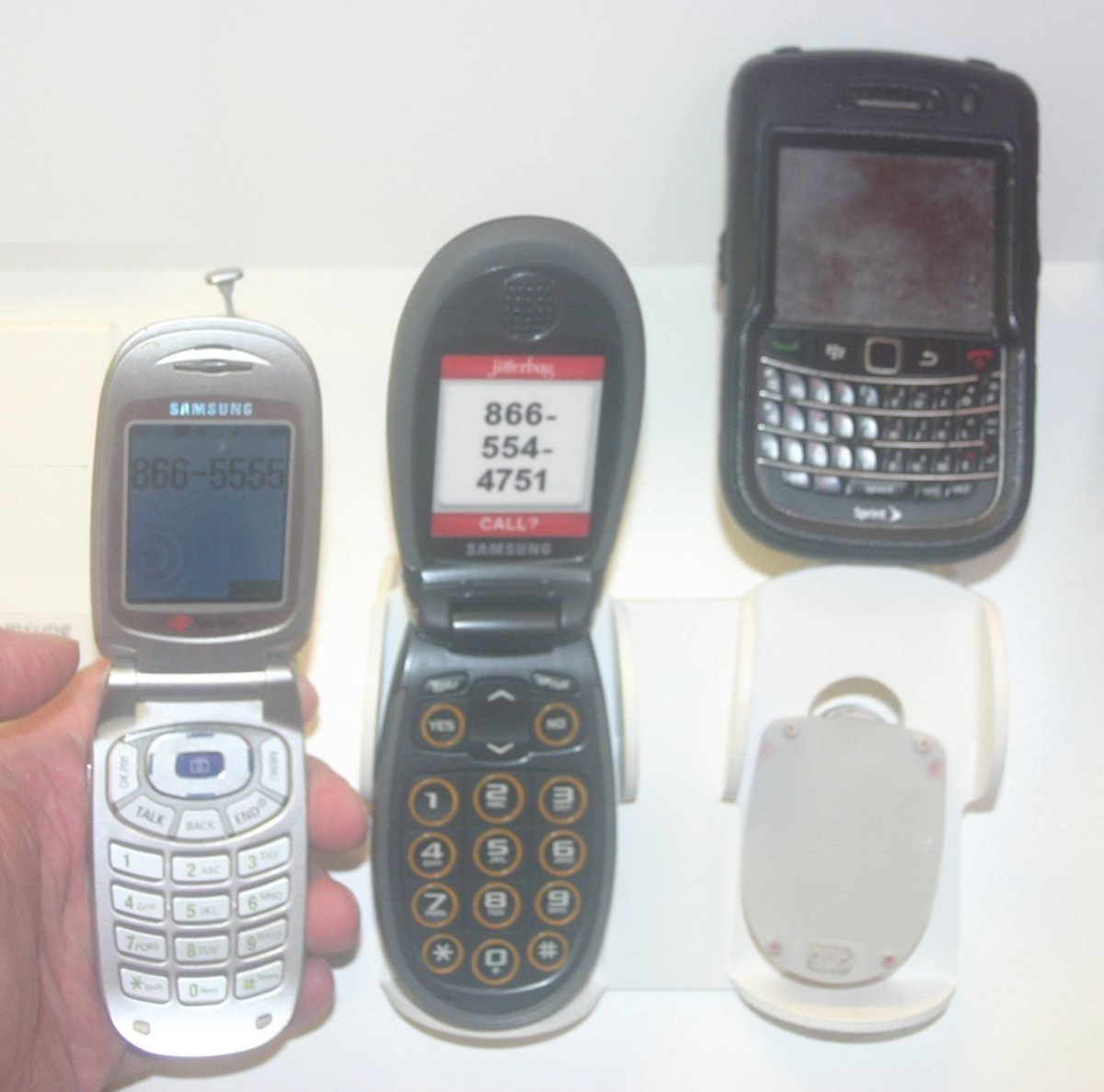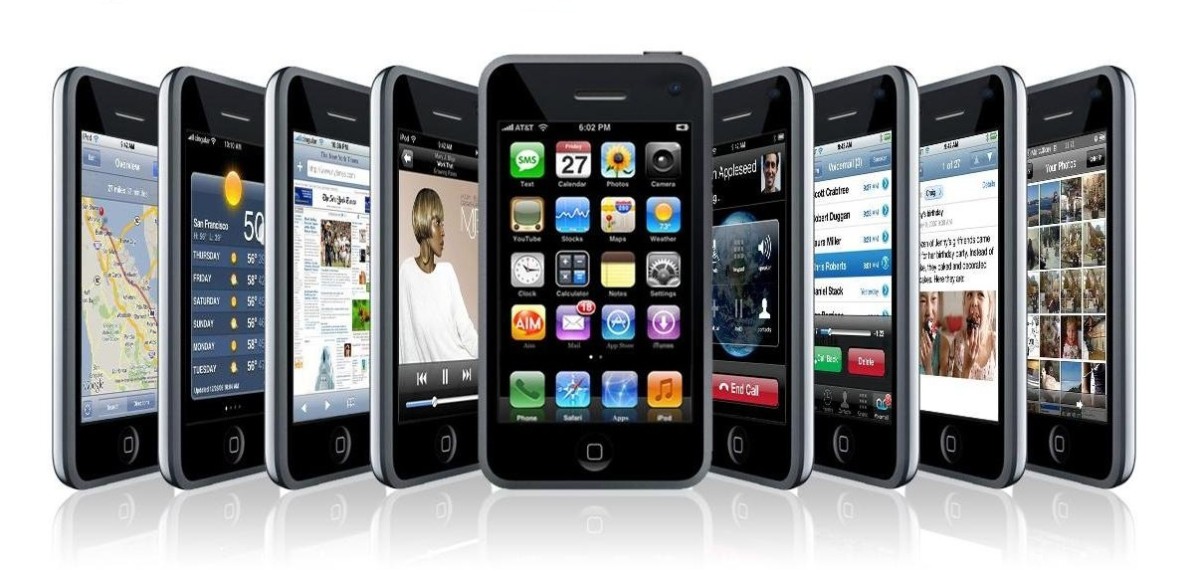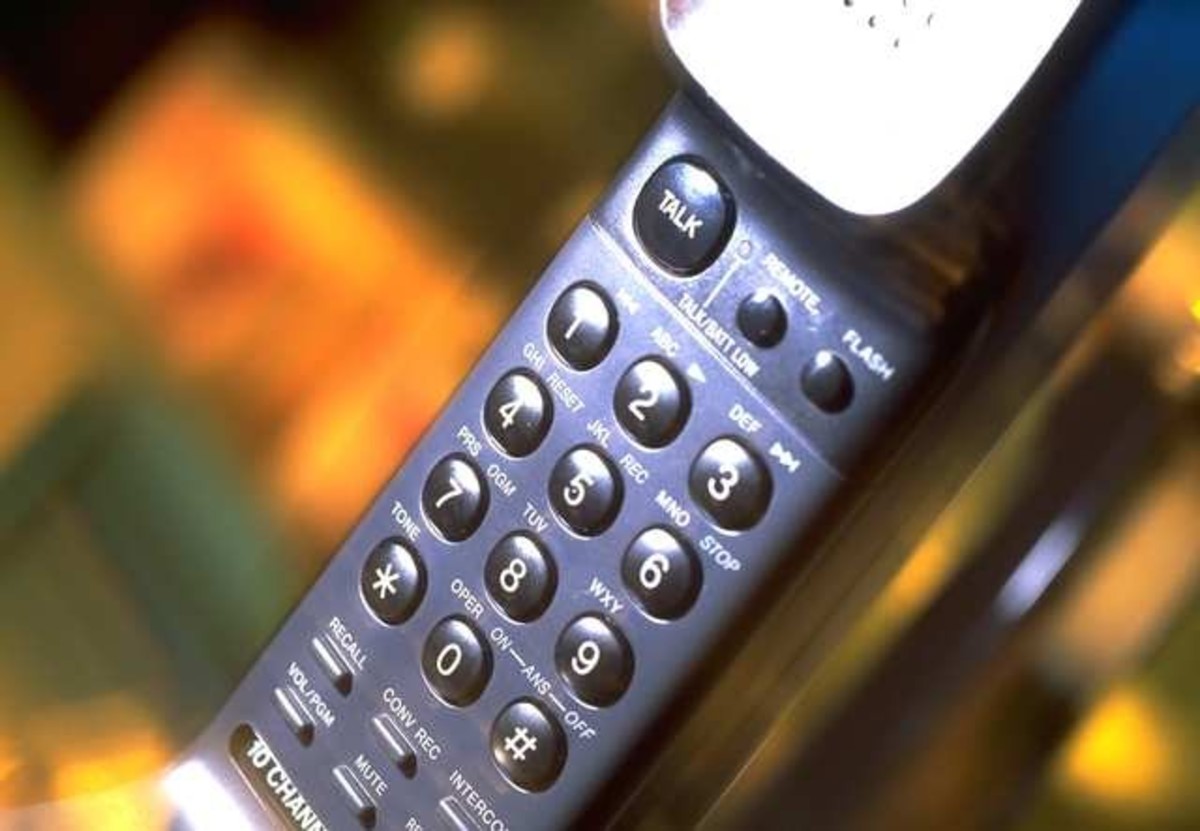What Is Cell Phone Subsidization? Why It's Important To Understand!!

Related Links
- Texting is Still the Most Used Feature on a Cell Phone
Texting on a cell phone has become a way of life for a majority of us. It's no wonder that texting is the number one application people use on their cell phones. - Apple TV, A High Level Overview
Apple TV is a simple little black box that you hook into both you internet and television to be able to do some really neat things. This Hub will go through some of the cool capabilties you get from Apple TV. - Cellular Connectivity Overview
Confused over cellular connectivity and which operators support which technologies? This hub provides a very high level cellular overview.
Did you ever wonder why buying a cell phone without a 2 year contract costs so much more that buying one with a contract? Ever wonder why the cell phone costs so much more if you trying buying a new phone prior to your existing renewal date? This all has to do with phone subsidizations the wireless operators pay in order to make the end user sale price of the phone more attractive and more affordable.
To give you an example of what I’m talking about, I’ll use Verizon Wireless (VZW) as an example. If you walk into a Verizon store as a brand new customer and want to purchase an iPhone, the price of that device with a 2 year contract will be $199. If you’re an existing customer of Verizon, only into the first year of a two year contract, and would like to upgrade your existing phone to a new iPhone, you will be charged over $600 for that very same phone.
Why the Difference in Price?
In the above example, the price that VZW actually pays Apple for that iPhone is somewhere in that $600+ range. So for new customer and existing customer who are eligible for an upgrade, the price tag of $199 means that VZW is subsidizing approximately $400 for each device sold under these circumstances. If you consider the fact that VZW recently reported that it sold 4.2 million iPhones in 4Q2012, assuming all of them were to new or upgrade eligible customers, that means that VZW paid out $1,680,000,000 in iPhone device subsidies (4.2M iphones * $400 subsidy per phone). Yes, that $1.68 billion with a “b”. and that’s for the fourth quarter only. Considering this example is only for the iPhone, you’d have to do the same exercise for every phone that VZW sells Samsung, LG, HTC, Motorola, …. Typically all phones are subsidized with 2 year contracts. some are subsidized more than others. So as you can see, operators spend huge amounts of money on cell phone subsidies, and that goes for most mobile operators.
Simply based on the huge number of 4Q iPhone sales at VZW, overall, Verizon’s 4Q margins will take a hit based on these subsidies. We saw similar bottom line hits at AT&T back when they launched the first iphones with the exclusivity deal they had with Apple. We’re talking huge amounts of money here with bottom line implications which impact Wall Street investors.
So Why Would an Operator Pay Such Huge Subsidies for Mobile Phones?
Well, the first and obvious reason for the subsidies is that it makes the end user price for the phone much lower and much more affordable to the average consumer. Based on that alone, the idea is more people will buy the phone. It’s much easier for a customer to justify a $199 phone compared to a $600 phone.
So the mobile operators are doing this out of the goodness of their hearts? Hardly!! As was stated above, the customer only gets the subsidized price when they agree to sign up for a 2 year service contract. Based on that, lets do a little math. Staying with VZW, their cheapest and most typical smartphone plan would look like this:
$39.99 450 minutes of voice
$20.00 - unlimited messaging
$30.00 - 2Gb data (required on all smartphone)
$89.99 per month before taxes
So assuming this new customer has agreed to pay $89.99/month for 2 years, this means that the payback price to VZW for the $400 device subsidy is roughly 4.4 months ($400 subsidy/$89.99 per month). Let’s round that to 5 months to make things easier. So after 4 months, VZW made back their price subsidization. Now, VZW is guaranteed that $89.99 for the remaining 19 months on the 2 year contract. That’s a total of $1709.81 (19 months x $89.99/month). So you can see, that $400 investment in terms of subsidies brought in an additional $1709.81 in revenue for the operator.
Now using those calculated numbers on the 4.2 million iPhones sold in 4Q12, we already stated that VZW paid $1.68 billion in subsidies. So by taking the same $1709.81 in revenue over 2 years for each of those 4.2 million users, that equates to roughly $7,177,800,000 in revenue over the course of the 2 year contract that each of those 4.2 million new iphone users signed up for. So a $1.68 billion investment for a $7.17 billion revenue stream isn’t too shabby.
Take into consideration the number of new devices from all OEM’s that an operator sells and subsidizes, do all the above math for each of them, and you can see how we’re talking about some huge revenue numbers here. This is the reason operators are willing to take a short term hit on their margins in order to lock in longer term revenue streams.
If the customer is not interested in agreeing to the 2 year contract agreement, there is no incentive for the operator to subsidize the device. That’s why you would need to pay the $600+ price for the device. By charging the full amount for the device, the operator doesn’t lose anything on the difference between their device price from the OEM and the price the customer pays for the device.
Device subsidization is a very common practice amongst operators here in North America. It’s not as common in some of the lower cost regions of the world like India and China. In most cases, those operators do no subsidize the devices so it becomes very expensive for the end customers in those countries to buy and own a smartphone.
Conclusion
From an end user standpoint, the only way to get the best deal on your cell phone is to only upgrade your phone when your due for a device renewal (basically at the end of your 2 year contract). In that scenario, you’ll be able to purchase your new device at a much lower price. If you're a gadget person who needs to get the newest version of a phone as soon as it comes out, then most likely you’ll be forced to pay the unsubsidized price for that new phone since you bought it prior to your eligibility for an upgrade. Since new phones get introduced every few months from device OEM’s, waiting two years prior to getting your next device simply means that in only a few short months after buying a new phone, that phone will be old compared to the latest devices. Not much you can do about that, it’s simply a losing battle trying to stay on top of and to own the latest gadgets.









